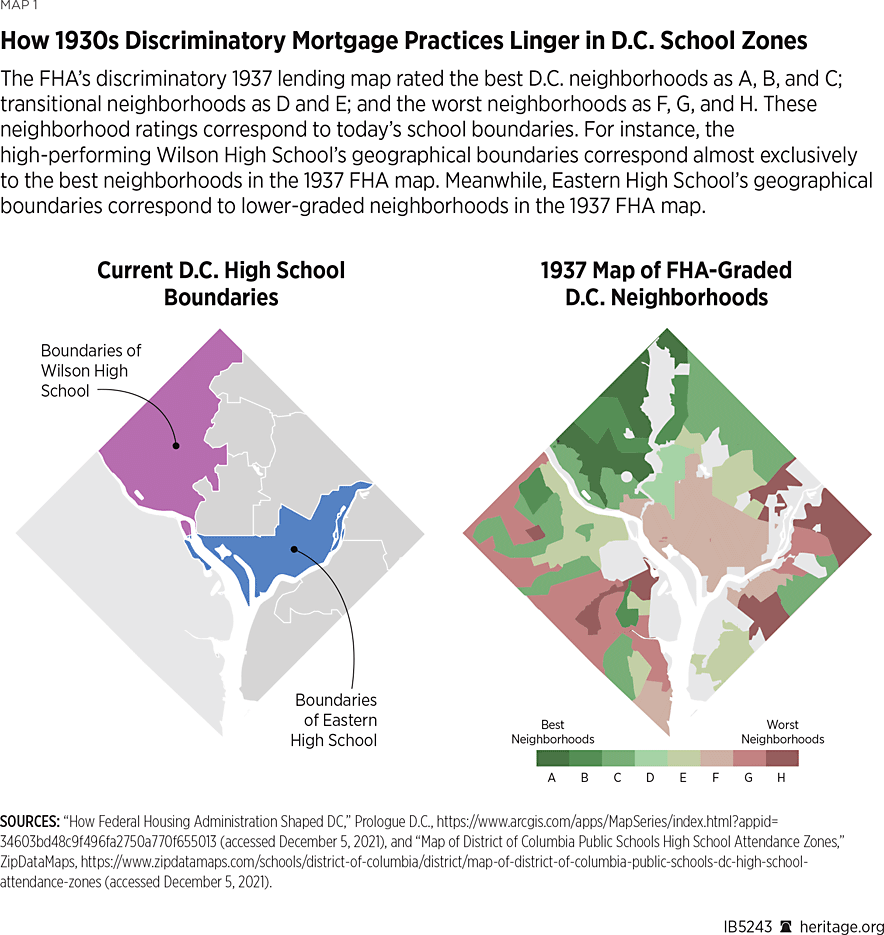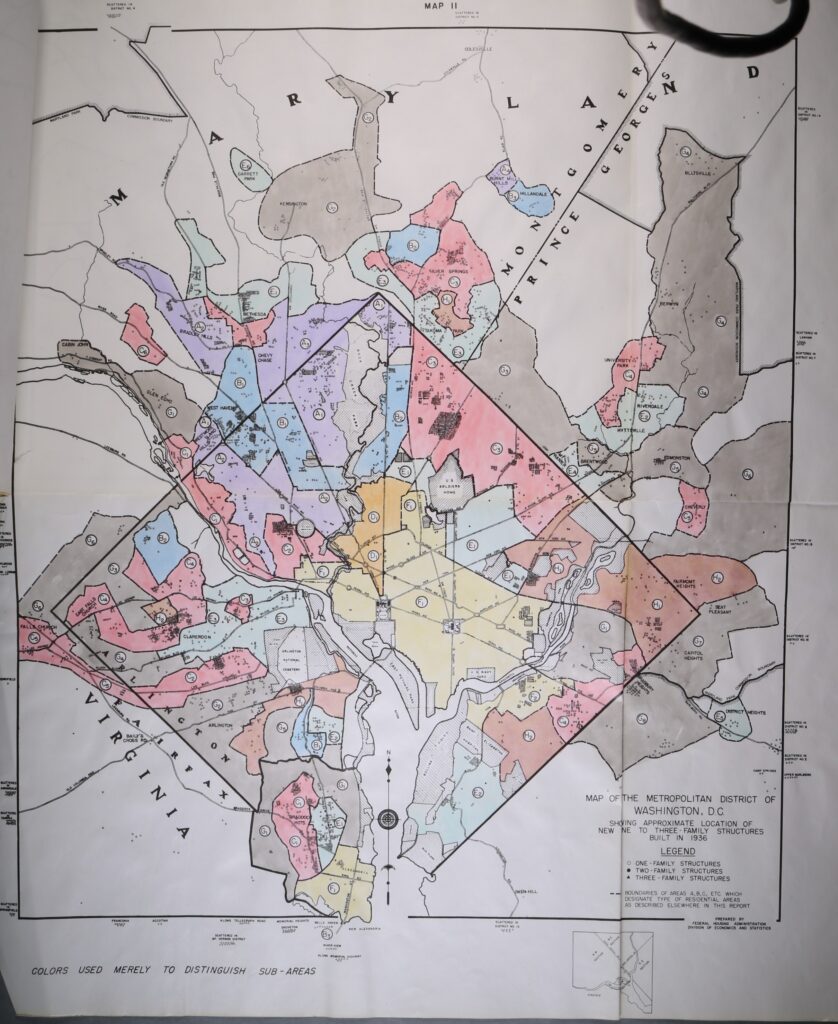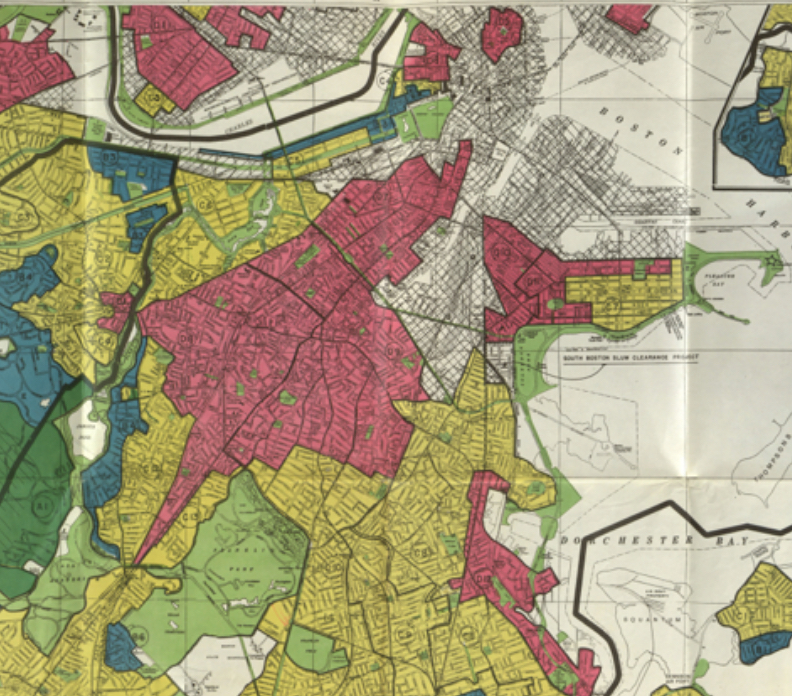The DC Redlining Map: A Legacy of Segregation and its Enduring Impact
Related Articles: The DC Redlining Map: A Legacy of Segregation and its Enduring Impact
Introduction
With enthusiasm, let’s navigate through the intriguing topic related to The DC Redlining Map: A Legacy of Segregation and its Enduring Impact. Let’s weave interesting information and offer fresh perspectives to the readers.
Table of Content
The DC Redlining Map: A Legacy of Segregation and its Enduring Impact

The DC Redlining Map, a product of the Home Owners’ Loan Corporation (HOLC) in 1937, stands as a stark reminder of a discriminatory past. It categorized neighborhoods in Washington, D.C. into four grades based on perceived risk for mortgage lending, with stark racial disparities informing the classifications. This map, though created decades ago, continues to cast a long shadow on the city’s present, revealing a deep-rooted history of segregation and its enduring impact on communities.
Understanding the Redlining System
The HOLC, a government-sponsored corporation established during the Great Depression, aimed to stabilize the housing market by encouraging homeownership. However, its practices inadvertently perpetuated and exacerbated existing racial inequalities. The redlining system, based on a subjective evaluation of neighborhoods, assigned grades ranging from "A" (best) to "D" (hazardous).
"A" neighborhoods, predominantly white, were considered safe for investment, while "D" neighborhoods, predominantly Black, were deemed risky and ineligible for conventional mortgages. This system, based on discriminatory criteria like race, ethnicity, and socioeconomic status, effectively denied access to credit and opportunities for homeownership for Black residents.
The Map’s Legacy: Segregation and Disinvestment
The consequences of redlining were far-reaching and enduring. The map served as a blueprint for discriminatory practices, reinforcing existing segregation and hindering the economic progress of Black communities. By denying access to loans, redlining limited opportunities for homeownership, wealth accumulation, and upward mobility.
This practice also led to disinvestment in "D" neighborhoods, resulting in neglected infrastructure, inadequate public services, and deteriorating housing conditions. The legacy of redlining continues to manifest in the form of concentrated poverty, health disparities, and limited educational opportunities in these historically marginalized areas.
The Redlining Map Today: A Tool for Understanding and Action
While the HOLC no longer exists and redlining is now illegal, the map remains a powerful tool for understanding the roots of inequality in Washington, D.C. Its enduring impact on the city’s landscape and its residents serves as a reminder of the enduring consequences of discriminatory practices.
The map’s relevance extends beyond historical analysis. It serves as a critical resource for policymakers, urban planners, and community activists seeking to address the legacy of segregation and promote equity. By recognizing the historical context and the persistent disparities, efforts to revitalize disadvantaged communities can be more effective and targeted.
FAQs about the DC Redlining Map
Q: What criteria were used to determine the redlining grades?
A: The criteria were subjective and discriminatory, including:
- Race and ethnicity: Predominantly Black neighborhoods were systematically classified as "D" regardless of other factors.
- Socioeconomic status: Lower-income communities were often deemed risky due to perceived economic instability.
- Immigrant populations: Neighborhoods with significant immigrant populations were often labeled as "hazardous."
- Physical characteristics: Housing conditions, infrastructure, and proximity to industrial areas were also considered.
Q: How did redlining affect communities in Washington, D.C.?
A: Redlining had a devastating impact on Black communities:
- Limited access to homeownership: Denied access to mortgages, Black residents were unable to accumulate wealth through property ownership.
- Disinvestment and neglect: Redlining discouraged investment in "D" neighborhoods, leading to deteriorating infrastructure, inadequate public services, and substandard housing.
- Concentrated poverty: The lack of economic opportunities and access to resources contributed to the concentration of poverty in redlined areas.
- Health disparities: Segregated neighborhoods often lacked access to quality healthcare, leading to poorer health outcomes.
- Educational inequities: Redlining contributed to the creation of segregated school systems, perpetuating educational disparities.
Q: What are the current implications of the redlining map?
A: The legacy of redlining continues to shape Washington, D.C. today:
- Persistent economic disparities: Redlined neighborhoods continue to experience higher poverty rates and limited economic opportunities.
- Housing segregation: The patterns of segregation established by redlining remain visible in the city’s residential landscape.
- Environmental injustices: Redlined areas are often located near polluting industries, contributing to environmental health disparities.
- Limited access to resources: Redlined neighborhoods continue to face challenges in accessing quality education, healthcare, and other essential services.
Tips for Addressing the Legacy of Redlining
1. Acknowledge the History: Recognizing the history of redlining and its enduring impact is crucial for developing effective solutions.
2. Promote Equitable Housing Policies: Policies that promote affordable housing, prevent displacement, and ensure equal access to mortgages are essential.
3. Invest in Disadvantaged Communities: Targeted investments in infrastructure, education, healthcare, and economic development are necessary to address the legacy of disinvestment.
4. Support Community-Based Organizations: Community organizations play a vital role in advocating for residents, providing services, and fostering economic development.
5. Promote Intergenerational Equity: Addressing the legacy of redlining requires long-term strategies that ensure equitable opportunities for future generations.
Conclusion
The DC Redlining Map stands as a stark reminder of the enduring consequences of discriminatory practices. It serves as a powerful tool for understanding the historical roots of inequality and the ongoing challenges faced by marginalized communities. By acknowledging the past, promoting equitable policies, and investing in disadvantaged areas, Washington, D.C. can begin to address the legacy of redlining and build a more just and equitable future for all its residents.








Closure
Thus, we hope this article has provided valuable insights into The DC Redlining Map: A Legacy of Segregation and its Enduring Impact. We hope you find this article informative and beneficial. See you in our next article!